Best TON Wallets 2025: Top Self-Custody Options for The Open Network
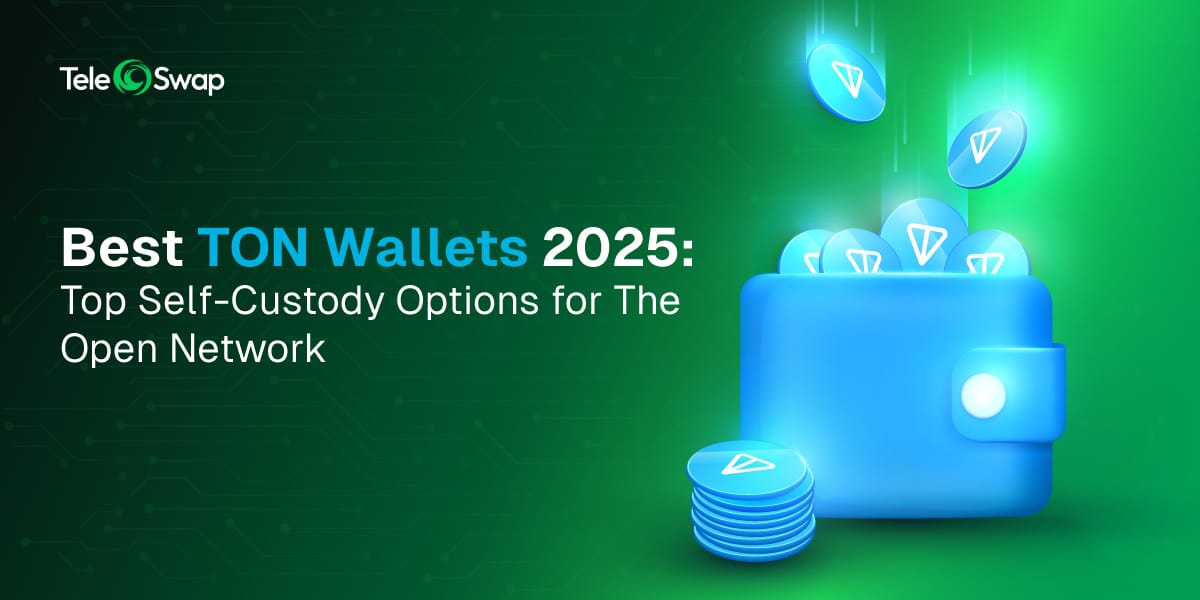
The Open Network (TON) has rapidly grown into a vibrant blockchain ecosystem, and choosing the best TON wallet in 2025 is crucial for keeping your Toncoins secure. In a decentralized crypto network, self-custody wallets put you in full control of your assets, aligning with the “not your keys, not your coins” mantra. This article explores the top TON wallets prioritizing decentralization and security, including Tonkeeper, OpenMask, MyTonWallet, and Telegram’s integrated TON Space wallet. We’ll compare their features (platform support, testnet/mainnet, open-source status, Telegram integration, staking, DeFi, swaps, and ease of use) and help you decide which TON wallet fits your needs. Let’s dive in!
Why Self-Custody Matters
Self-custody means you hold your wallet’s private keys, rather than a third party. This ensures full control and ownership of your cryptocurrency, reducing reliance on exchanges or custodians. In practical terms, a self-custody TON wallet lets you send, receive, and manage Toncoin without trusting anyone else to safeguard your funds. This is vital for security—custodial wallets can be vulnerable to hacks or freezes, whereas a non-custodial (decentralized) wallet keeps you in charge. It also aligns with the decentralized nature of TON and promotes financial sovereignty for users. All the wallets below are non-custodial, meaning your recovery phrase is yours alone. Remember to back up your seed phrase safely, because only you can recover a self-custody wallet!
Top TON Wallets for Self-Custody in 2025
When it comes to TON wallets, you have several excellent options. Below, we highlight the major TON self-custody wallets—Tonkeeper, OpenMask, MyTonWallet, and Telegram’s TON Space (the Telegram-integrated wallet)—with simple feature summaries for beginners and intermediate users. Each offers a unique mix of convenience, security, and functionality.
Tonkeeper – User-Friendly & Feature-Rich
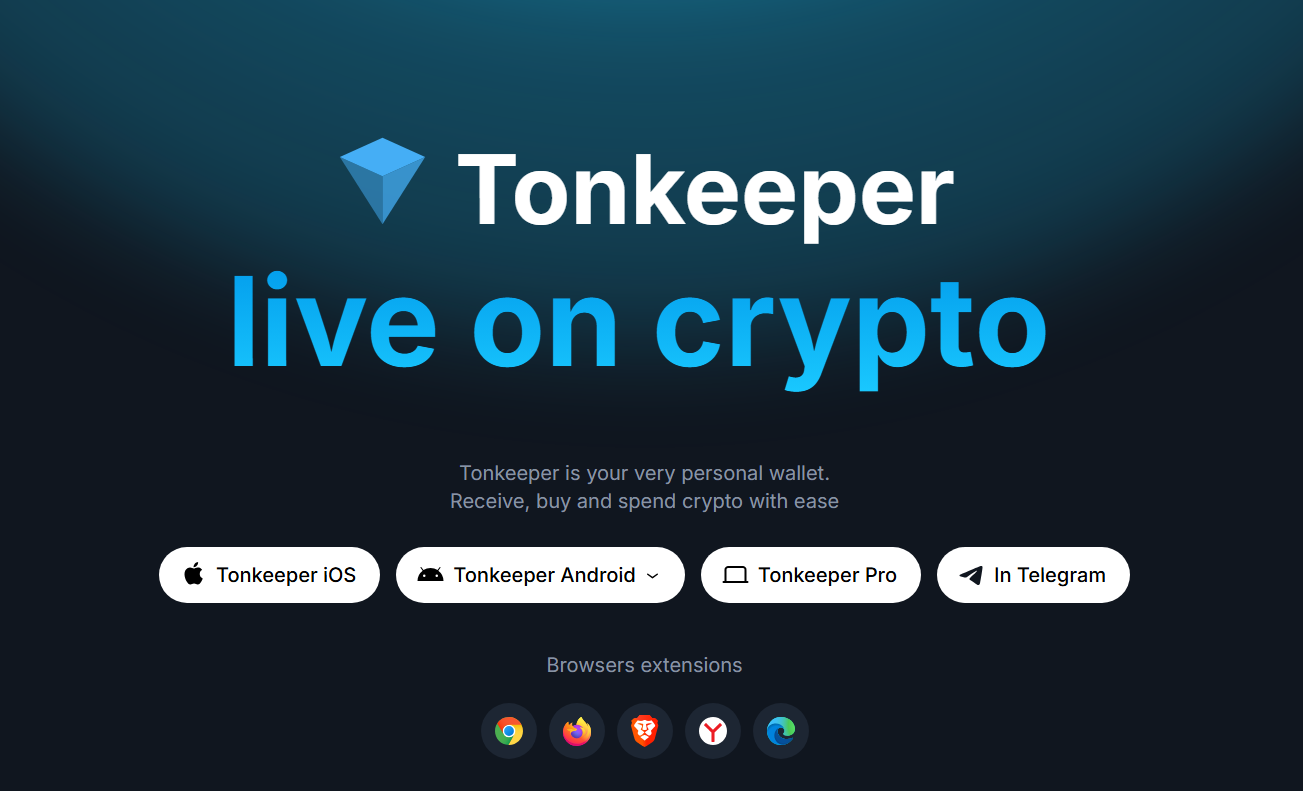
Tonkeeper is one of the most popular TON wallets, boasting a large user base (reportedly over 10 million users). It’s a non-custodial wallet available on iOS and Android, as well as on desktop via web browsers or extensions (Chrome/Firefox). Tonkeeper’s appeal lies in its ease of use and rich feature set: you can store, send, and receive Toncoin with a simple interface, and it includes built-in swaps and staking functionality. This means you can exchange tokens or stake TON for rewards directly within the app. Tonkeeper is open-source and stores your private keys locally with no KYC required, ensuring a secure self-custody experience. It also integrates with TON dApps via TON Connect, so you can use Tonkeeper to log into decentralized exchanges or NFT marketplaces seamlessly. Overall, Tonkeeper is extremely beginner-friendly, making it an ideal starting wallet for most TON users while still offering advanced features for DeFi enthusiasts.
MyTonWallet – Open-Source & Versatile
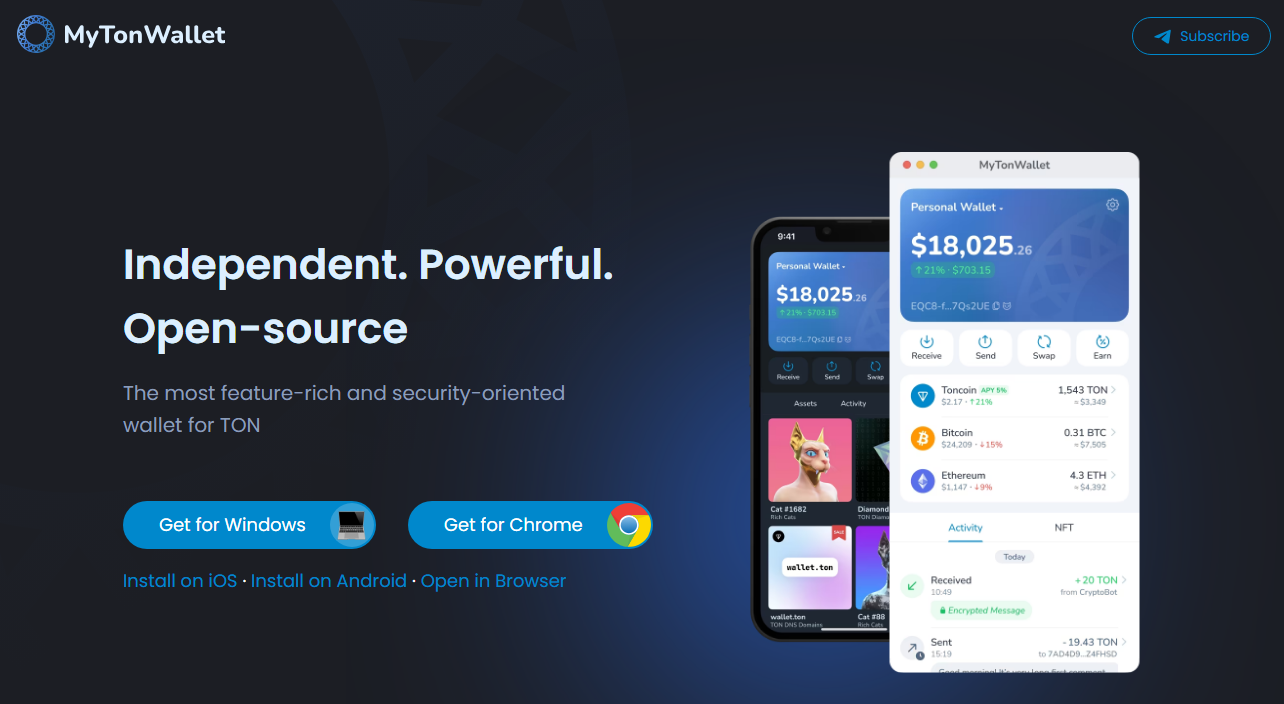
MyTonWallet is a feature-rich, self-custodial TON wallet known for its transparency and versatility. It’s completely open-source (code available on GitHub), and the developers have no access to user funds. Uniquely, MyTonWallet supports a wide range of platforms: you can use it on iOS or Android, as a desktop application, as a web interface, or as a Chrome extension. This cross-platform approach means you can manage your TON holdings on almost any device. MyTonWallet’s interface caters to intermediate and advanced users, offering features like multiple wallets/accounts, token and NFT management, and even multi-chain support. It is a multichain wallet that has begun supporting other blockchains (e.g., TRON) alongside TON , pointing to an ambition to let users handle various crypto assets in one place. MyTonWallet also supports TON’s latest features, such as TON DNS domains, TON Sites, and TON Proxy for private transactions. For staking, MyTonWallet provides options to delegate your Toncoins and earn passive income, although the interface might be less straightforward for absolute beginners. It may not be as “pretty” or simplified as Tonkeeper, and first-time users could find the plethora of options a bit overwhelming. However, if you value transparency, security, and flexibility, MyTonWallet is a strong contender. Advanced users appreciate its open-source nature and fine-grained control, while intermediate users can grow into its more complex features over time.
Telegram’s TON Wallet (TON Space) – Seamless Telegram Integration
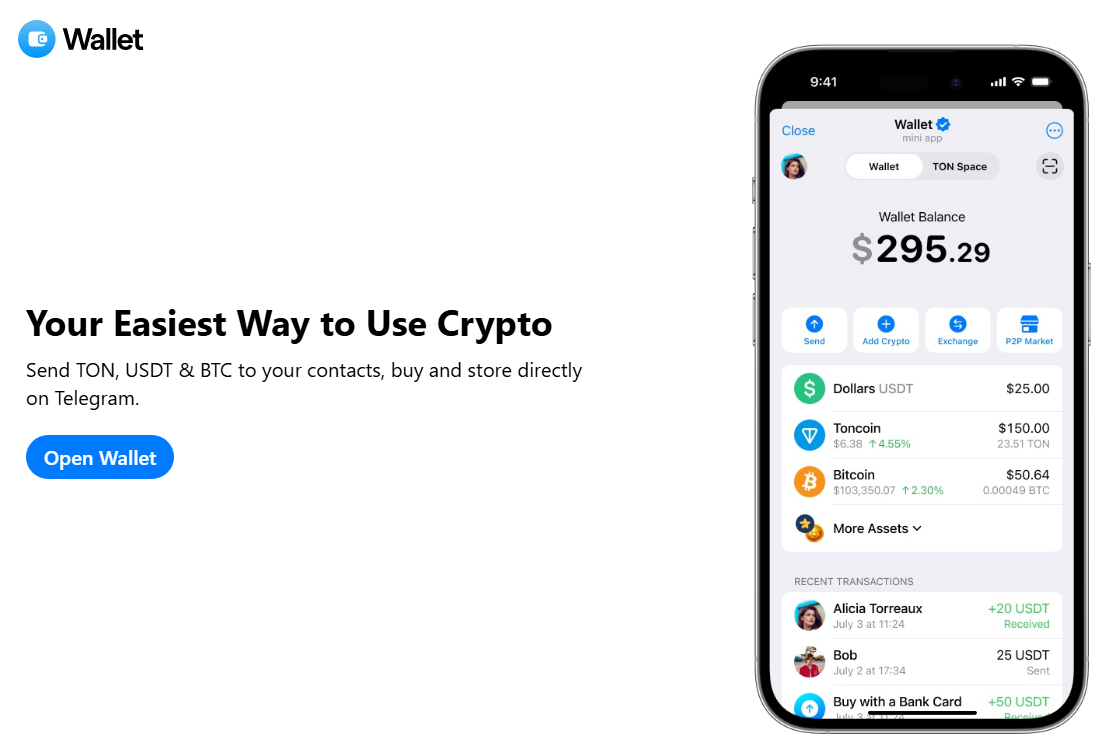
Telegram Wallet (TON Space) is the TON wallet built directly into the Telegram messenger, offering unparalleled convenience for Telegram’s huge user base. Known by the handle @wallet or simply the Telegram Wallet, it introduced millions of users to TON by allowing them to send Toncoin in chats as easily as sending a message. Initially, Telegram’s wallet function was custodial, but now TON Space has launched as a fully self-custodial option within Telegram. This means you can activate a non-custodial TON wallet inside Telegram where you hold the keys (the custodial version still exists as an option for those who prefer simplicity). TON Space is accessed right from the Telegram app’s menu, with no additional installations needed – effectively turning Telegram into a crypto wallet for TON. The integration with Telegram makes it extremely easy to use, especially for newcomers: you can send Toncoin to your contacts via chat, use Telegram’s interface to buy or transfer coins, and even cover transaction fees with Telegram’s currency in some cases As of early 2025, TON Space has exited beta and begun rolling out to Telegram’s ~950 million users (with over 100 million users already trying the beta. Security-wise, TON Space is non-custodial, but since it’s part of Telegram’s closed-source infrastructure, some privacy-conscious users might weigh that in their decision. Feature-wise, it currently covers basic sending, receiving, and storing of TON. However, Telegram has announced plans to integrate more advanced features: a dApp browser or catalog, DEX (decentralized exchange) aggregation, staking support, and NFT/Jetton integrations are on the roadmap. This could soon make Telegram’s wallet as powerful as standalone wallets. For now, if you’re already a heavy Telegram user and want a beginner-friendly TON wallet, the Telegram TON Space wallet is a great choice for convenience. It’s perfectly positioned for casual users who want to tip friends, make quick transfers, or just dip a toe into crypto without leaving the familiar Telegram environment. Just remember to write down your recovery phrase when creating a TON Space – it’s your key to self-custody!
OpenMask – Web3 Power User’s Wallet
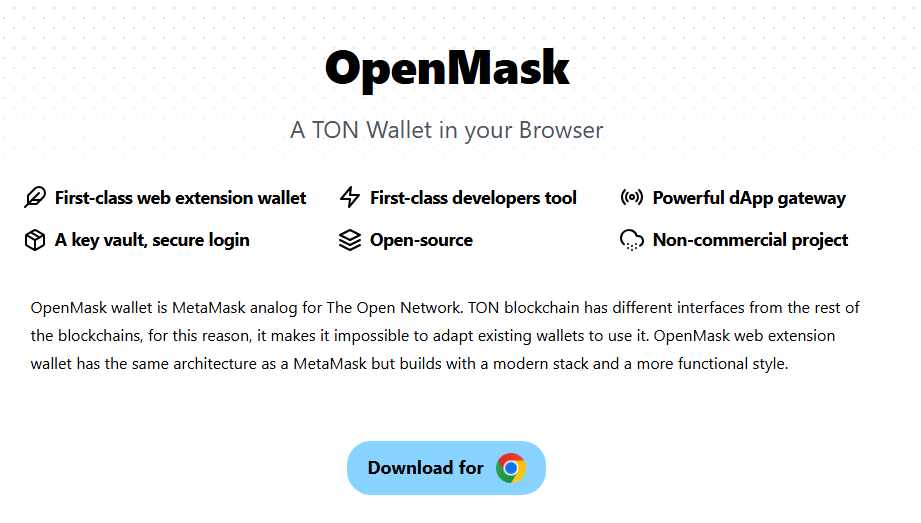
OpenMask is a browser extension wallet for TON that works similarly to MetaMask, but is tailored to The Open Network. It’s available as an extension for Chrome and Firefox browsers, enabling easy connection to TON Web3 sites and dApps. As an open-source project, OpenMask emphasizes transparency and security, with all data (including your seed phrase) stored locally on your device. OpenMask supports TON mainnet and testnet; you can switch networks with a simple toggle in the interface, which is great for developers or anyone testing. This wallet lets you manage your TON addresses, private keys, Jettons (TON tokens), NFTs, and even TON DNS domain names. While it may not have a built-in swap or staking interface, OpenMask excels at connecting to TON DeFi platforms and other blockchain dApps – it’s essentially your gateway to the TON web ecosystem. Because it’s a browser plugin, there’s no direct Telegram integration (you’ll use it mainly with web apps). OpenMask is ideal for more advanced users or developers who frequently interact with TON smart contracts, decentralized exchanges, or need to experiment on the testnet. Its setup is slightly more technical (you have to install the extension and secure your seed phrase), and it’s limited to desktop browsers, but it provides a powerful, non-custodial tool for TON Web3 aficionados.
Comparison Table: TON Wallets at a Glance
To summarize the key differences, here’s a side-by-side comparison of Tonkeeper, OpenMask, MyTonWallet, and Telegram’s TON Space wallet:
Notes: All four are non-custodial wallets (you control the keys). Planned features for Telegram’s TON Space indicate they are expected shortly as TON integration in Telegram expands. OpenMask and MyTonWallet allow interacting with DeFi apps, but you might use external platforms for actual swaps or staking (they serve as the wallet interface). Tonkeeper stands out for having many features built in, whereas OpenMask shines for web integration, and Telegram’s wallet for sheer convenience.While most TON wallets focus on the TON blockchain and offer limited multichain capabilities, this often leaves users without a direct way to bring in assets like Bitcoin.
That’s where TeleSwap comes in. As the first decentralized tool enabling BTC to TON and TON to BTC swaps, TeleSwap solves a real need in the ecosystem. It empowers users to move between chains without CEXs, wrapped tokens, or custodians — a huge step for liquidity and user experience on TON.
Use Cases for TON Wallets: Staking, DeFi, and More
A self-custody TON wallet isn’t just for holding Toncoin – it unlocks a variety of use cases in the TON ecosystem:
- Secure Storage & Payments: First and foremost, these wallets let you securely store TON and send payments globally with low fees. For example, TON’s fast throughput means you can transfer coins in seconds, whether you’re paying for a service or sending funds to a friend. Telegram’s wallet makes casual payments as easy as sending a message, while others like Tonkeeper have QR code support for retail transactions.
- Staking for Rewards: Many TON holders participate in staking to earn passive income. TON uses a Proof-of-Stake mechanism, so you can lock up your Toncoins with network validators and receive yield. Wallets like Tonkeeper provide a user-friendly staking interface (choose a validator and stake in-app), and MyTonWallet also supports staking operations. By staking, you not only earn rewards but also help secure the network. Always remember to research validator reputations – but the wallet will usually display options and stats to guide you.
- DeFi and DApps: The TON ecosystem now includes decentralized finance (DeFi) platforms such as DEXs (decentralized exchanges), lending protocols, and NFT marketplaces. With a TON wallet, you can connect to these dApps and put your assets to work. For instance, Tonkeeper and OpenMask support TON Connect, a protocol that lets you authorize third-party apps without exposing your keys. This means you can trade on a DEX like STON.fi, purchase NFTs on Getgems, or use liquidity pools, all by confirming transactions through your wallet. As TON grows, expect more dApps for things like stablecoins, gaming, and decentralized governance, and your self-custody wallet is the passport to access them.
- Cross-Chain Swaps and Bridging: A new and exciting use case in 2025 is cross-chain swapping between TON and other blockchains. The first tool enabling BTC↔TON swaps has arrived with TeleSwap, a decentralized, KYC-free bridge that connects Bitcoin to TON. With TeleSwap, TON users can bridge Bitcoin into the TON network or vice versa, all while maintaining self-custody and avoiding centralized exchanges. We’ll introduce TeleSwap in detail in the next section. In general, bridging expands what you can do with TON – imagine using Bitcoin liquidity in TON’s DeFi or moving value between TON and Ethereum or others. Projects like TeleSwap and TON’s own Teleport technology are making this possible in a trustless way.
- Privacy and Ownership: Beyond specific apps, using a self-custody wallet fulfills the core crypto use case of being your bank. You can create multiple accounts (e.g., MyTonWallet allows easy switching between independent wallets to separate funds or identities. Some TON wallets support TON Proxy for private transactions, or use domain names (TON DNS) for easy addresses, showcasing TON’s versatility for both public and private use.
As you can see, a good TON wallet enables everything from basic payments and savings (staking) to advanced DeFi maneuvers and cross-chain activity. Now, let’s take a closer look at TeleSwap – the latest development bridging TON with the wider crypto world.
TeleSwap : Bridging TON and Bitcoin with a Decentralized Exchange
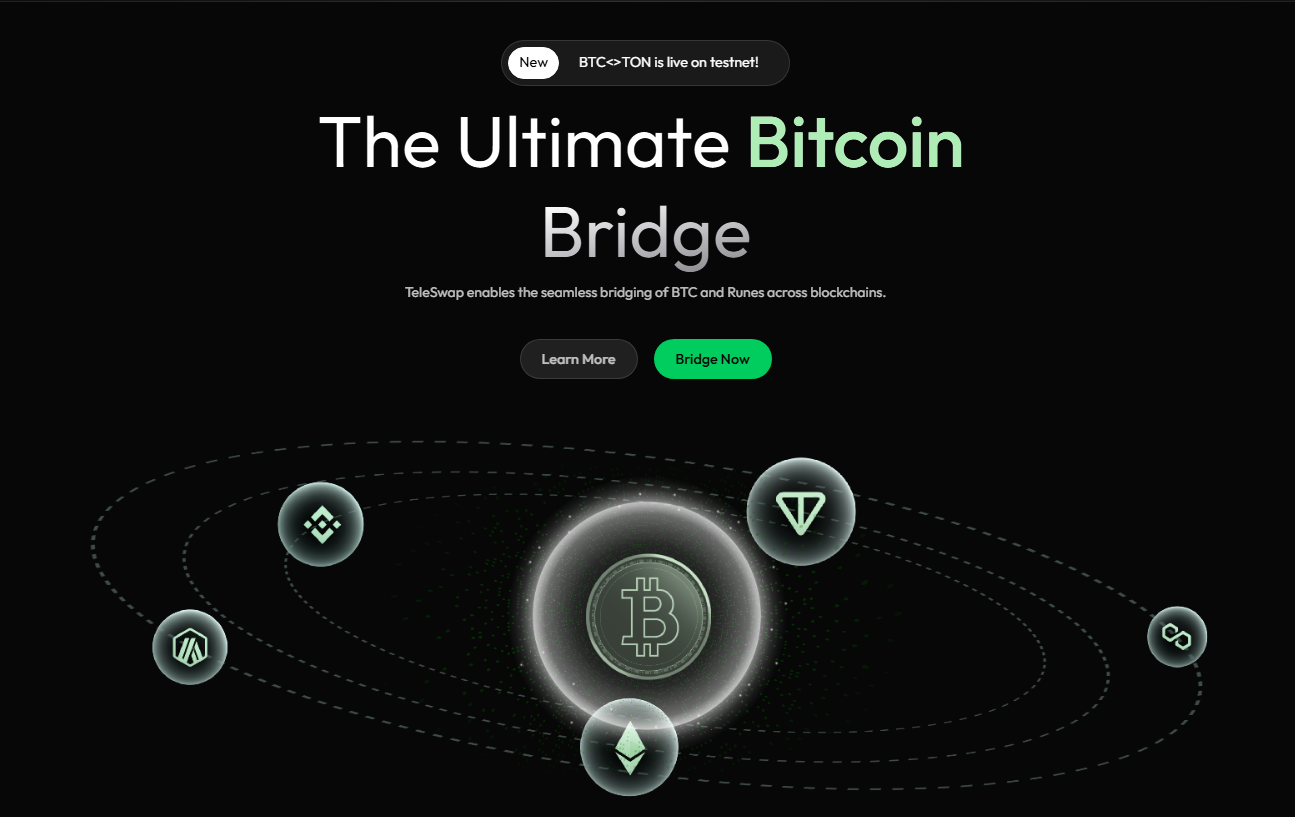
TeleSwap enables direct Bitcoin–TON swaps without centralized exchanges or KYC, using a trustless bridge. This innovation brings Bitcoin liquidity into TON’s DeFi ecosystem and vice versa.
One of the most significant recent advancements for TON is TeleSwap, the first-ever decentralized BTC↔TON bridge. TeleSwap allows users to swap between Bitcoin and Toncoin in a trustless, 1-click manner – no centralized exchange, no custodial wrapping of BTC, and no KYC checks. As of 2025, TeleSwap is running on testnet and gearing up for a full mainnet launch. This means forward-thinking TON users can already experiment with moving value between Bitcoin and TON on testnet to “get ready for the future”.
How does TeleSwap work? Under the hood, TeleSwap uses a decentralized light-client bridge architecture. In simple terms, a network of nodes monitors the Bitcoin blockchain and the TON blockchain. When you initiate a swap, these nodes verify the Bitcoin transaction (using a BTC light client) and coordinate the minting or releasing of a corresponding TON asset (like a wrapped BTC on TON, often referred to as tgBTC during testing). Because the system is trustless and collateralized, no single party can run off with funds – if nodes misbehave, their collateral gets slashed, and users are compensated. This design removes the need to trust an exchange or a custodian. For the end-user, TeleSwap feels straightforward: you send BTC from your Bitcoin wallet and receive TON (or vice versa) through the bridge, with swaps often completing in a couple of minutes.
Using TeleSwap with TON wallets: TeleSwap provides a web app (and will likely offer mobile compatibility) where you can connect your wallets. It supports TON wallets via the TON Connect protocol, meaning you can easily link Tonkeeper, MyTonWallet, or Telegram’s TON Space wallet to the bridge. For example, on the TeleSwap interface, you would click “Connect Wallet”, then scan a QR code with Tonkeeper on your phone (or approve a connection request in TON Space) to link your TON address. If you’re using OpenMask or MyTonWallet extension in your browser, TeleSwap will detect it and prompt connection directly (similar to how dApps connect with MetaMask). On the Bitcoin side, TeleSwap works with Bitcoin wallets that support testnet/mainnet (like UniSat or Xverse for Bitcoin). In practice, you’ll connect both a TON wallet and a BTC wallet to TeleSwap, specify an amount, and initiate the swap. The bridge handles the rest – swapping TON to BTC or BTC to TON trustlessly.
The introduction of TeleSwap is a game-changer because it brings Bitcoin liquidity into TON’s DeFi landscape. BTC holders can leverage their assets within TON (for instance, use BTC on TON lending platforms or yield farms) by swapping into TON-side tokens. Conversely, TON users get a decentralized route to convert TON into Bitcoin, broadening TON’s accessibility. All of this occurs without surrendering control of your keys or going through cumbersome exchange procedures. It’s important to note that TeleSwap’s mainnet launch will mark the full realization of this bridge; at the time of writing, it’s in testing (so only use testnet funds for now). The KYC-free, decentralized nature of TeleSwap aligns perfectly with the self-custody ethos – you maintain control at every step.
In summary, TeleSwap is making BTC-to-TON swaps as easy as a few clicks, expanding TON’s interoperability. As TON’s ecosystem grows, we may see TeleSwap support other chains and assets, effectively turning TON into a hub that can teleport value from chain to chain. Keep an eye on TeleSwap’s updates; if you’re a TON user with an eye toward cross-chain opportunities, this bridge opens a new world of possibilities.
Choosing the Right TON Wallet
With several strong options on the table, how do you choose the best TON wallet for your needs? The answer depends on your priorities and experience level. Here are some guidelines to help you decide:
- For Newcomers & Everyday Users: If you’re new to crypto or want a wallet for simple daily use, Tonkeeper or Telegram’s TON Space are top choices. Tonkeeper offers a friendly mobile app experience with all the core features (send, receive, swap, stake) in one place. It’s intuitive and designed for mainstream users, so you can’t go wrong starting there. Telegram’s TON wallet is even more integrated – perfect if you live in Telegram. It makes sending TON to friends or contacts trivial and requires almost no learning curve. However, keep in mind that Tonkeeper, being a dedicated wallet app, might give you a bit more flexibility with DeFi connections than the Telegram wallet at this stage. That said, Telegram TON Space is incredibly convenient for basic use and is backed by Telegram’s massive ecosystem, so it’s a great entry point.
- For DeFi Enthusiasts & Advanced Users: If you plan to dive into TON DeFi, NFTs, or development, consider OpenMask or MyTonWallet. These wallets cater to power users. Tonkeeper vs. OpenMask is a common comparison – essentially, Tonkeeper shines for ease of use and mobile support, whereas OpenMask is better for Web3 aficionados who use desktop browsers and want direct dApp integration. OpenMask will feel familiar if you’ve used MetaMask on Ethereum; it’s great for connecting to a variety of TON dApps and managing multiple tokens/collections. MyTonWallet, on the other hand, is ideal if you value open-source transparency and extra features. It’s slightly more complex but rewards you with multi-account management and even multi-chain capabilities. For example, if you also hold TRON assets or plan to, MyTonWallet’s evolving multi-chain support could be beneficial. Advanced users who like to tinker or need testnet access may lean toward MyTonWallet (for its versatility) or OpenMask (for quick network switching), whereas Tonkeeper and Telegram wallets are more focused on the TON mainnet user experience.
- Mobile vs. Desktop: Are you mostly on your phone or your laptop? Tonkeeper and Telegram’s wallet are excellent on mobile, giving you on-the-go access to TON. Tonkeeper also has a browser extension now, bridging mobile and desktop use. OpenMask and MyTonWallet can be used on desktop (OpenMask exclusively so), which is better if you plan to interact with web-based TON services or prefer a larger screen for managing funds. If you want a desktop app, MyTonWallet even provides a standalone application in addition to its extension and web versions.
- Telegram Integration: If engaging with crypto via the social app is appealing, the Telegram TON Space wallet is unmatched. It puts a TON wallet in your Messenger. You might choose Telegram’s wallet to easily receive tips, participate in TON-based bot games, or use upcoming Telegram mini-apps that involve Toncoin. However, if you rarely use Telegram or want to keep your finances separate from your social app, a dedicated wallet like Tonkeeper would be preferable.
- Security & Trust: All these wallets are non-custodial and considered secure, but personal preference matters. Some users trust open-source community projects like MyTonWallet or OpenMask for their transparency. Others might trust Tonkeeper due to its large user base and active development by the TON ecosystem team. If you’re cautious about Telegram’s closed-source nature, you might use it for small amounts and keep larger holdings in a purely open-source wallet. Always download wallets from official sources (App Store, Google Play, official websites) to avoid fake apps, and keep your recovery phrases offline and safe.
In the end, there is no one-size-fits-all answer – you might even use multiple TON wallets for different purposes. For instance, you could use Tonkeeper for everyday transactions, OpenMask for interacting with DeFi on your PC, and Telegram’s wallet for quick social payments. The good news is that TON’s ecosystem in 2025 offers robust choices that cover all bases.
Conclusion
The rise of TON has brought with it an array of self-custody wallets, each empowering you to be in control of your crypto. Whether you prioritize ease of use (Tonkeeper, Telegram TON Space), advanced features (OpenMask, MyTonWallet), or a mix of both, the best TON wallet is ultimately one that fits your lifestyle and keeps your assets secure. By embracing a non-custodial wallet, you’re adhering to the decentralized ethos that makes TON special – your keys, your coins. As you explore staking rewards, DeFi apps, and even cross-chain bridges like TeleSwap, your wallet will be your trusty companion on this journey. Choose wisely, keep your recovery phrase safe, and enjoy the freedom and possibilities that TON and its wallets offer in 2025 and beyond.
Happy HODLing and may your TON adventures be both secure and rewarding!
Sources: The information above is based on the latest data and updates from official TON community resources and wallet developers. Always refer to official documentation or community channels for the most current wallet features and security practices.
FAQ: Your Questions About TON Wallets Answered
What is the best wallet for TON in 2025?
It depends on your needs. Tonkeeper is great for beginners, OpenMask for Web3 users, MyTonWallet for transparency and advanced use, and Telegram’s TON Space for easy Telegram integration.
Are TON wallets non-custodial?
Yes, most popular TON wallets like Tonkeeper, MyTonWallet, and OpenMask are non-custodial, meaning you control your private keys and seed phrase.
Can I use TON wallets without KYC?
Absolutely. All wallets mentioned here are KYC-free. You don’t need to share personal data to create or use them.
Which TON wallet supports DeFi and dApps?
Tonkeeper, MyTonWallet, and OpenMask support TON Connect and work well with DeFi platforms and dApps built on The Open Network.
How can I stake Toncoin using a wallet?
You can stake TON through Tonkeeper and MyTonWallet directly in the app. Choose a validator, delegate your coins, and start earning rewards.
Does Telegram’s wallet support self-custody?
Yes, with the launch of TON Space, Telegram now offers a self-custody TON wallet built into the app, allowing you to control your private keys.
Is there a wallet that lets me swap Bitcoin for TON?
Yes! TeleSwap is the first decentralized BTC↔TON bridge that works with TON wallets via TON Connect. It offers 1-click, KYC-free swaps.
Which wallets are compatible with TeleSwap?
Wallets that support TON Connect—like Tonkeeper, OpenMask, and MyTonWallet—are compatible with TeleSwap for seamless bridging and swapping.
Can I use TON wallets on mobile and desktop?
Yes. Tonkeeper, MyTonWallet, and Telegram wallets are available on mobile. OpenMask and MyTonWallet also support desktop browsers and extensions.
Is it safe to use TON wallets?
Yes, as long as you store your seed phrase safely and download the wallet only from official sources, TON wallets are secure and decentralized.
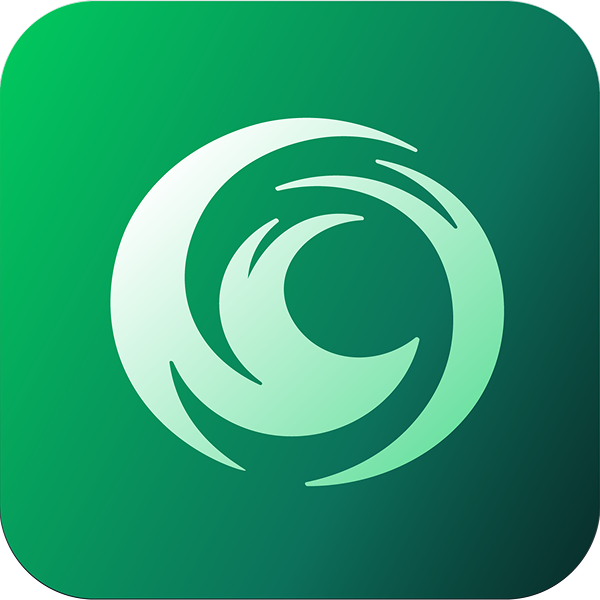

![How to Bridge Small Amounts of BTC to ETH (Low-Fee Strategies) [2025 Guide]](/content/images/size/w600/2025/06/TeleSwap-87--2-.jpg)
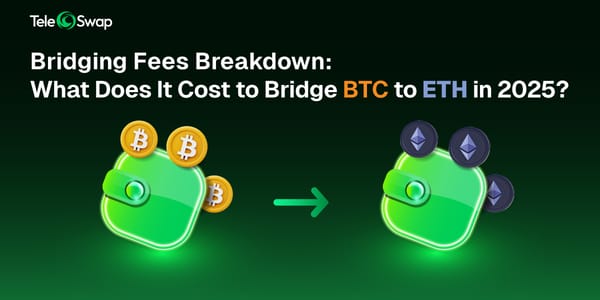
![Common Mistakes When Bridging BTC to ETH (and How to Avoid Them) [2025 Guide]](/content/images/size/w600/2025/06/TeleSwap-86.jpg)